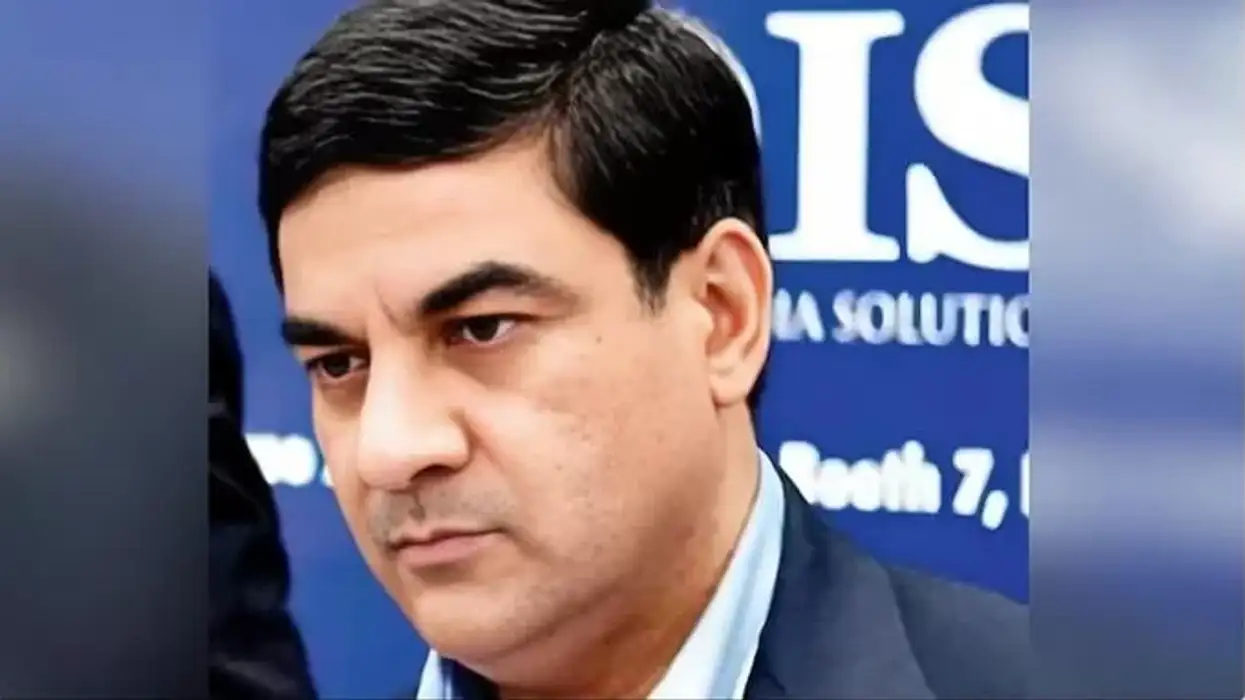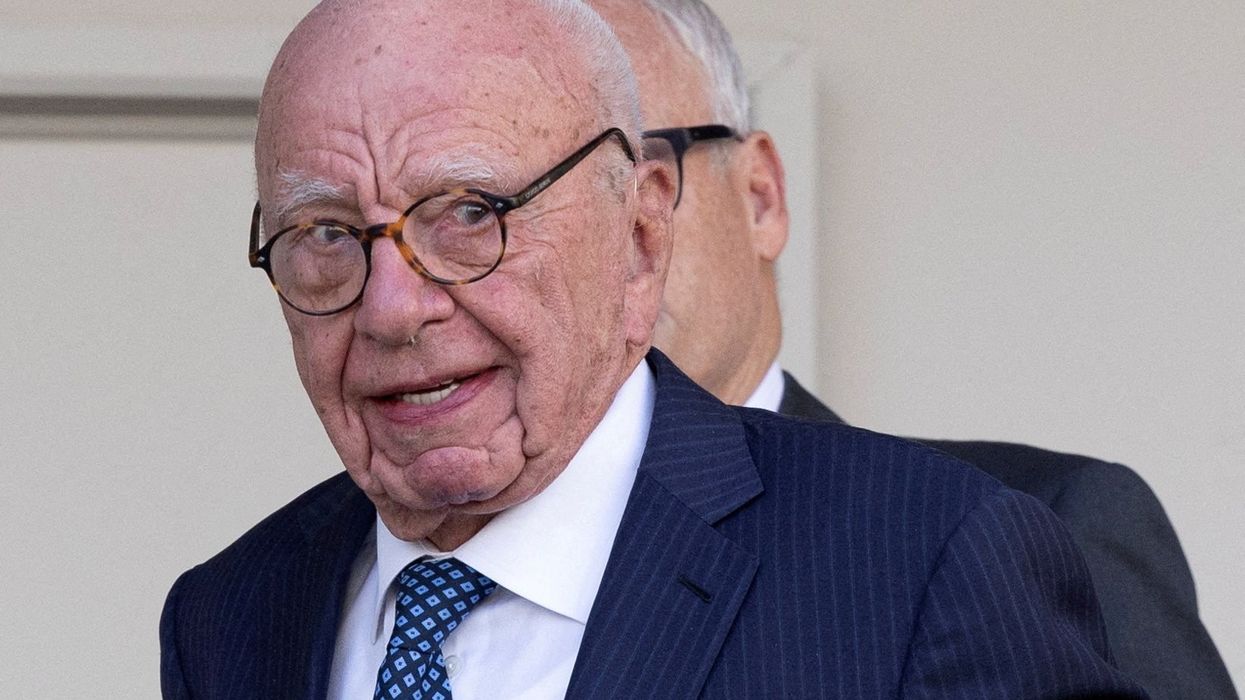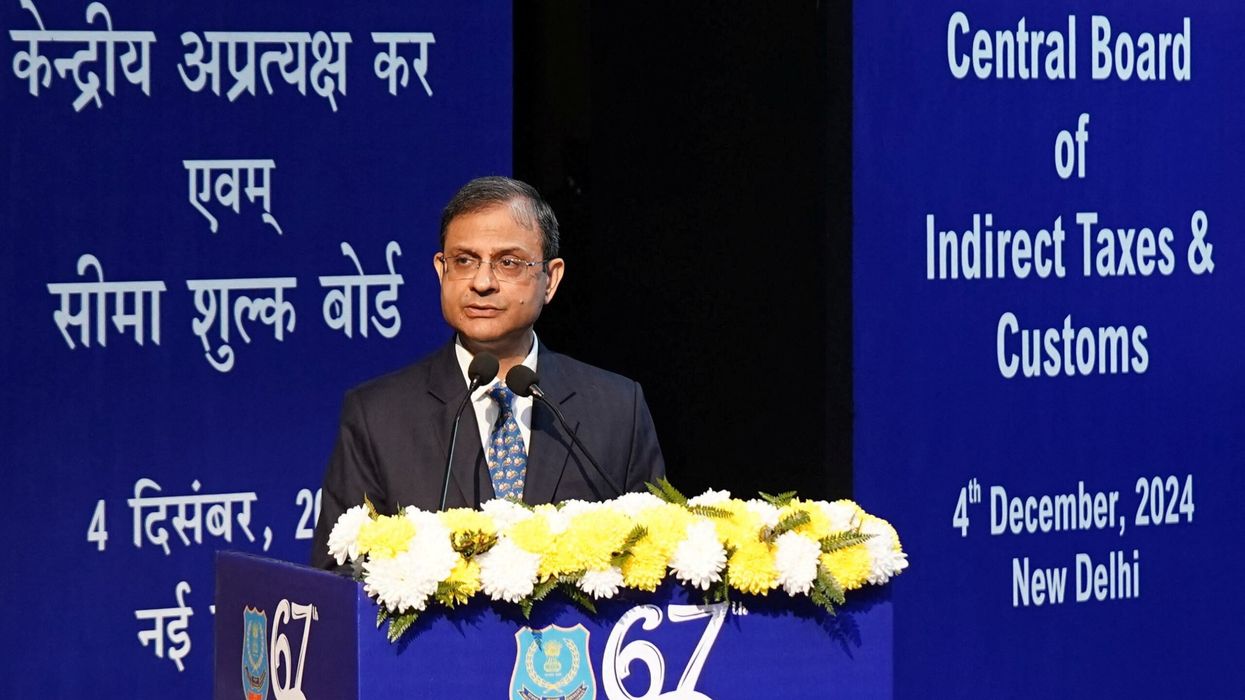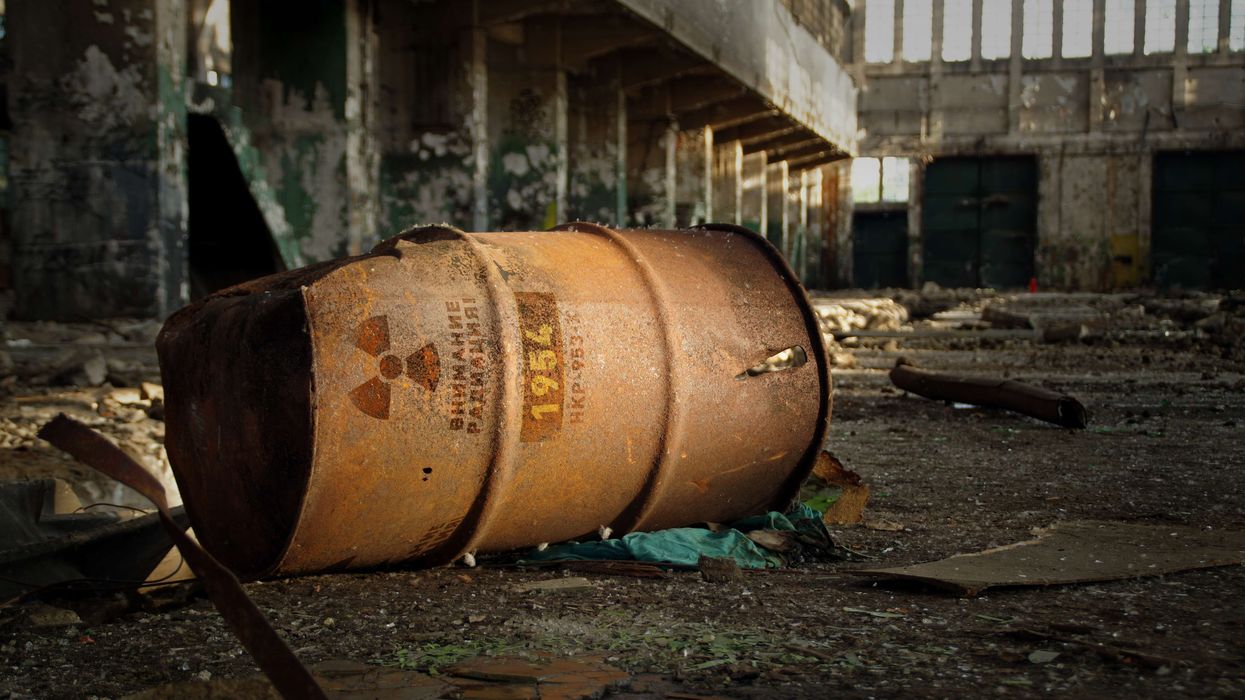India's plan to bring in a law to ensure doctors prescribe medicines only by their generic names risks proliferating the sale of substandard drugs in a country where regulation is already lax, doctors and pharmaceutical executives say.
Prime minister Narendra Modi said last month that the government was looking at such a law to improve affordability of medicines in the country of 1.2 billion people, where the majority live on less than $2 a day.
The government has not given any details or timeframe for the planned legislation but some in the industry fear that hasty execution could harm, not help, public health.
Large drugmakers in India such as Cipla and Sun Pharmaceutical Industries that mostly sell generic drugs under their own brand name, or 'branded generics', compete with much smaller garage manufacturers, many of which operate with scant quality checks.
It is a fiercely competitive, high-volume market, dominated by the big players like Cipla, who employ armies of salesmen to sell their drugs. Some doctors say they tend to prescribe branded generics to patients because they are confident of their quality.
While the government wants to make cheaper non-branded drugs available to consumers, pharmaceutical executives said any law would have to stipulate that the drugs consumers get from pharmacists meet certain quality standards.
"I think the quality aspect is very important for the government to address ... to make sure that all companies in India are on the same quality footing," said Cipla's CEO Umang Vohra.
There is no national data comparing the quality of branded generics, versus unbranded ones. But small studies have shown that unbranded drugs, typically procured by the government for the public health system, have quality issues.
A report by the country's federal auditor in 2012 showed that 31 percent of drugs procured by the government for the Armed Forces Medical Stores were substandard in 2010-11, up from about 15 percent in 2006-07.
Results of the government's largest-ever national survey to test drug quality showed this year that roughly 10 percent of the drugs in the government supply chain were not of standard quality, versus 3 percent of drugs available at pharmacies, which are usually branded generics.
"Generics are fine, but there has to be a proper rigorous mechanism to enforce quality, like the U.S., and unless India evolves on that it will be disastrous," said Nilesh Gupta, managing director of Lupin, India's No. 3 drugmaker by sales.
Substandard medicines range from drugs that don't work at all to those that don't work as expected, thereby contributing to antimicrobial resistance - a major global health problem.
"The idea is very good, but the government needs to ensure the availability of good quality generics," said Vijay Panikar, a Mumbai-based diabetologist.
Indian drugmakers' manufacturing standards, including those of big companies such as Sun Pharma, have been found to have fallen short of international standards in recent years. An industry official said last week that it will be at least five years before Indian manufacturing and data reliability meet the standards of the United States, India's biggest drugs export market.
"It's a work in progress ... I think the bigger companies understand the problem and are working to fix it," said Gupta of Lupin.
Health experts warn of a series of problems with the implementation of a generics-only rule. For example, half the Indian market is made up of combination drugs, and it would be impractical to ask doctors to prescribe a series of chemical names, said S. Srinivasan, a doctor and member of the People's Health Movement, a New Delhi-based NGO.
Doctors opposed to the planned new rule warn it would put too much power in the hands of the chemists.
"Today if I write a generic, the chemist will decide which drug to give, and he will obviously give the one in which he has the biggest margin, without caring about quality,"












